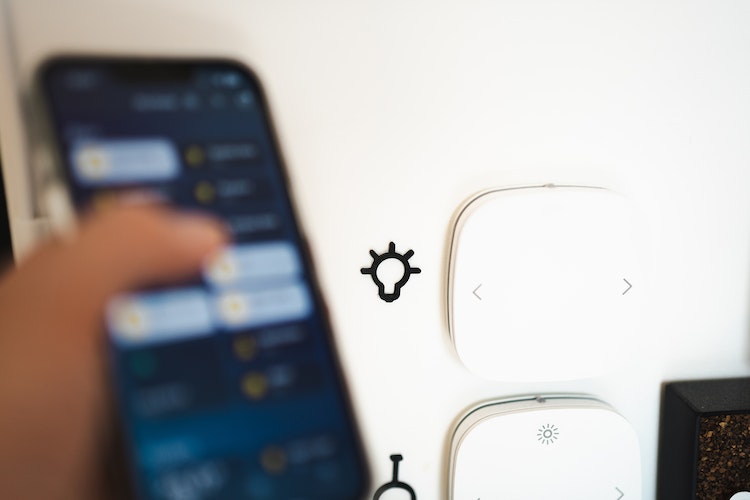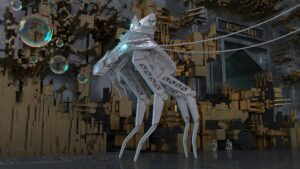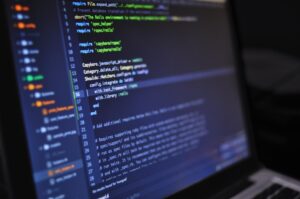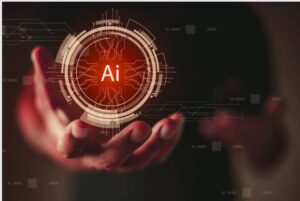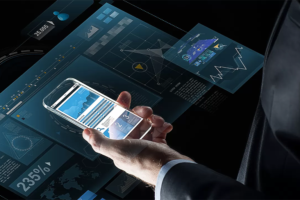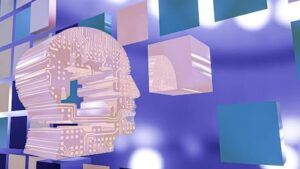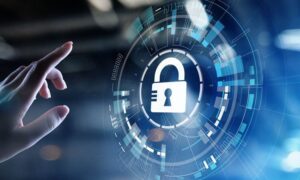Convergence occurs when technologies combine to make products more capable and powerful. The Internet of Things (IoT) is one area where this progress is most evident. As people merge the IoT with other technologies, smart devices become more versatile and in demand across industries. Here are some of the outcomes.
More Convenience
The IoT convergence has made many of today’s connected devices much more user-friendly — even for people who don’t consider themselves tech-savvy. Smart devices have gradually become part of many daily activities. We’re at the point where you probably interact with many of them and not even think about it.
The good thing is that many of these smart devices make our lives easier. You might link your connected car and your home’s smart thermostat. Then, once the thermostat detects your vehicle leaving work, it might switch on to your desired temperature, letting you come home to an environment that’s exactly to your liking.
That same smart thermostat probably connects to the cloud, gathering and providing detailed information about your energy usage and offering tips to cut back.
Smart devices allow you to take care of many daily needs and creature comforts without having to go through so many steps, too. The products frequently operate on your set schedule, doing what you need without requiring your oversight. Then, you have more time to spend on the things that matter.
Better Visibility
“Smart devices improve monitoring capabilities, building security and access management.”
The convergence of IoT has made it much easier for people to see what’s happening at home or work — even from off-site locations. Many connected security cameras work with machine learning and artificial intelligence (AI), recognizing legitimate threats versus false alarms. Many differentiate between animals and humans, and some learn to categorize familiar faces as safe.
That visibility can even span across multiple parties. One smart stethoscope for home use takes measurements from up to eight points on a person’s check to detect heart and lung issues. More importantly, a user can remotely send it to their physician for further, professional analysis. That approach promotes better visibility by helping healthcare providers catch issues that may arise between scheduled appointments.
Many businesses also have IoT-based security systems that combine technologies such as AI, cloud computing and biometrics. Tightening security with better access control reduces an organization’s external and internal threats and can improve overall personnel management.
For example, many smart security products allow administrators to log into centralized dashboards and grant or revoke access at any time. That information enables them to see instances of specific people who should or should not have access and instantly change the necessary settings.
More Features
“The IoT convergence increases what people can do with high-tech connected products, making them more usable for work and pleasure.”
The smartphone is one of the most prominent examples of technology convergence in action. The most popular models typically contain AI chips that boost processing power, fingerprint sensors to safeguard access and capabilities that let people turn their phones into augmented reality headsets.
Smart speakers are similar in their wide assortment of user-friendly offerings. You can use these products to shop online, set timers while cooking, sync your smart home products and find the location of the nearest urgent care center. All those things happen when you utter the correct voice commands.
The IoT convergence results in more features for almost any imaginable application. One recent research project about smart agriculture profiled a fertilizer and irrigation system for melon farms. The proposed solution used the IoT, edge computing and artificial intelligence. Besides giving farmers real-time advice about when to fertilize or water their crops, this tech platform provided them with helpful analyses to drive their future decisions.
Improved Personalization
“The IoT convergence improves personalization, and many people appreciate the tailored content.”
As the IoT combines with more technologies, the results are more personalized for individual users. You might have a fitness tracker that vibrates on your wrist, encouraging you to move if you’ve sat too long. That same gadget might use a cloud computing feature to show you that a close friend and workout buddy has been more active than you on a particular day. Getting that data could prompt you to walk to a restaurant on your lunch break rather than getting food delivered to the office.
This personalization influences the retail world, too. Imagine that you activate the location sensor on your phone and walk into a grocery store where you regularly shop. Your smartphone or smartwatch could show personalized offers as you move through the store. Then, when it’s time to check out, you could use a wallet app and scan the phone or smartwatch to cover the bill.
Most customers like this level of personalization — even when shopping online. Consider how a 2023 survey showed 88% of people buying things online are more likely to engage with websites that offer personalization.
QR codes also help customize the experience. A person might buy a smart air cleaner, then scan the code to register the product or get help setting it up. Later, suppose something goes wrong with that specific unit. In that case, the manufacturer already has data about when the consumer started using the product, and it may possess details about how much the purchaser has used it since then. Brand managers could then analyze that information on cloud computing or data science platforms.
Of course, it’s easy to see how you could quickly start seeing such information gathering as a privacy violation, or just something that creeps you out a bit. However, that’s less likely when you can see the benefits of providing data through your IoT device and don’t feel taken advantage of by the information requester.
Smart Devices Will Keep Progressing
The combination of device connectivity and convergence is powerful. These examples show why you can expect future devices to become even more advanced and useful in your daily life.
Also Read, 5 Things You Need to Know About AI Analyzing Coffee Flavor Profiles

